World Fine Art Professionals and their Key-Pieces, 191 - Anat Ratzabi
World Fine Art Professionals and their Key-Pieces, 191 – Anat Ratzabi
When I go into town, I pass the Jewish monument at the Rabbijn Maarsenplein. It is a substantial monument with great power of expression with the old wall of the Nieuwe Kerk (New Church) in the background. In the middle of a three-part wall, a surrealistic door is ajar, light shines from the crack.
To the right of the image and diagonally opposite, at the end of the square, is a suitcase. Two suitcases with supplies for the trip to the camp. It is the story of 12,000 Jewish residents of The Hague in the beginning of the war. The left side of the monument is slanted, roughly crumbled. Opposite the monument at a distance of fifteen meters are six seats. These represent the six million murdered Jews. On both sides of each seat is the symbol of one of the twelve tribes of Israel.
“That rough crumbled wall on the left is an indication of an abrupt break and destruction, but at the same time it also stands for the possibility of rectification and hope”, says Anat. See: https://vimeo.com/259186048
Sculpting
The making of the monument was the most important work of Anat Ratzabi in recent years. Now she is busy with new projects, she tells me when I am visiting her studio at the Scheveningseveer / Mauritskade.
She regularly gives sculpture lessons in the studio. On the walls I see sculptured heads and a few paintings on shelves. They also appear to be made by her. She started painting, and at the same time she worked as a graphic editor of an Israeli magazine. Once she was in the Netherlands, she discovered that her strength was in sculpting. See: https://vimeo.com/75486037
Chocolate sculptures
We walk to a side room where she works the most. I see small sculptures with the image of a face on them. She does not only cast them in bronze, but also in chocolate. “I started a company to finance my art. It is about chocolate figurines. They are available in various museashops. Its sale gives me the freedom to work on my projects, without having to pay attention to the financial side. Otherwise you are dependent on subsidies, which costs a lot of hassle and time. “See: www.thechocolatesculpture.com
Travelling
Anat Ratzabi, originally from Israel, is someone who loves movement. “I traveled after high school and military service.” She was a lot in South-East Asia, but also in Korea, Nepal, New Zealand, and Australia, and spent a year in Japan where she learned the principles of Japanese art from a Sensei master. “Based on the Zen philosophy, ritually we made ink and painted with special brushes on the ground on rice paper.”
During her travels she spent a lot of time in nature. “There you experience the power of life stronger than when you are in the school class. You feel deep in your soul what life is about.” According to her, the most important component is ‘transformation’. “Transformation is the essence of life. It is about the dialogue we have with the world and with each other. That fascinates me, I get concepts out of that. ” See: https://vimeo.com/136951196
The work changes every so often. Currently she is less concerned with 3D images in the form of sculptures, but more with making installations and video art. In it, story telling takes place.
Two studios
Why is transformation central? “Interaction is almost like alchemy. It creates more life, dynamism and continuity.” She does not have any real key work, she says. If she had to point out a key moment, it is more of a ‘state of mind’ where you are aware of the creation of new concepts that you make as a person.
“I transform the concepts that come to mind into a work of art. They are milestones in my development. With me the person and the artist can not be separated. I sometimes say that I have two studios. One on my shoulders and one on the Scheveningse Veer / Mauritskade. ”
From Yemen
Anat Ratzabi was born as an artist, she says. “At a given moment you become aware that you approach life differently. As a child I was conceptually busy in an open-minded way. You do not define it as art at the time. I noticed that I was looking at the world differently from my surroundings. Art and creativity in general are a way of perception and thinking, it has something infinite. ”
Anat comes from a creative family, but she is the only one who has made a profession out of it. “My father made works of art from avocado seeds and from plaster. The ethnic origin of my ancestors from Yemen can be seen in my work. ”
She didn’t go to the Art Academy. “I studied hard at my own created academy. That requires a lot of discipline and concentration. When I traveled the world with my backpack for four years, I gathered a lot of knowledge. Traveling is developing, being in motion, I am still doing it. ”
The Levant
She shows me some of her recent projects on the computer. In Pulchri Studio she had the ‘Au coeur du Levant’ project at the beginning of this year. “The Levant was a transit area for traveling nomads and caravans in the Middle East. The trade routes provided many cultural encounters. Historically, these regions were called poetically ‘Levant’, ‘The land where the sun rises’. It was a vast, unlimited area.”
The Levant and her experiences with multiculturalism and different cultural orientations form an important source of inspiration. “It has led me to want to bridge extremes and embrace contradictions, for example secular and sacred, traditional and contemporary, order and chaos.” In this context she made installations, video art and surrealist bronze and stone sculptures, some with ethnic patterns, some abstract.
The missing person
In her artwork / installation ‘Reflections, White Roses & Jesus was a Jew’. I see a lot of old keys, with figures in between, two coins from Palestine from before 1940 including Hebrew text and an olive branch, Jesus on the cross in the middle of six persons, a picture of a large family with a mother and many children and at right back a ‘missing person’. “It is an ode to my grandfather David, who was imprisoned for five years in a camp, with consequences for the rest of his family. The artwork encompasses the concept of juxtaposition – the juxtaposition of events and mythological moments in life.”
Chandelier
Another installation she works on is Ma’anaka. It looks like a chandelier. The oval, drop-like crystals contain old family photos with portraits laced with henna patterns. “The work is reminiscent of a traditional Yemeni necklace, made of portraits decorated with ethnic patterns. It is a way to shape important family events.” These portraits can also be seen in ‘Scent of a prayer’.
On bare feet
Finally, I see a video of dancing feet with henna decoration with an old sung song. ‘On bare feet’ is what it is called. We hear the voice of her grandfather who is recorded on a cassette tape. He is praying in a rhythmic manner. Occasionally you hear baby squeals. It comes from his son as a baby. “It is an ode to the moving journey of grandfather David from Yemen. He left his birthplace that became my mythological homeland. ”
Many philosophical thoughts are already discussed, but does Anat have one more? She has. “We can learn a lot from history. We find these in books, but we also have opportunities to create new mythological stories. I also do that, with videos / video installations and with storytelling. ”
Images
1) At work, photo Piet Gispen, 2) Jewish Memorial The Hague, 3) With the Major of The Hague, 4) Monument at night, 5) Speech at unveiling the monument, 6 – 8) Installation White Roses & Jesus was a Jew , 9) On skin memories, 10) Anat Ratzabi
http://www.anatratzabi.com/
https://ifthenisnow.eu/nl/verhalen/de-wereld-van-de-haagse-kunstenaar-92-anat-ratzabi
Disclaimer: The views, opinions and positions expressed within this guest article are those of the author Walter van Teeffelen alone and do not represent those of the Marbella Marbella website. The accuracy, completeness and validity of any statements made within this article are not guaranteed. We accept no liability for any errors, omissions or representations. The copyright of this content belongs to Walter van Teeffelen and any liability with regards to infringement of intellectual property rights remains with the author.

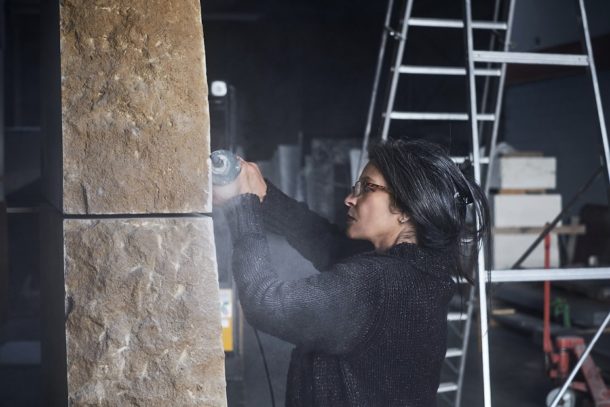
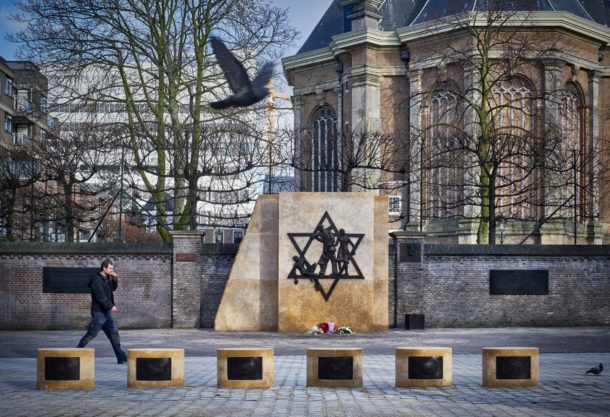
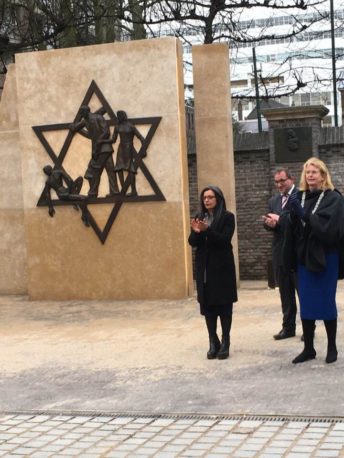
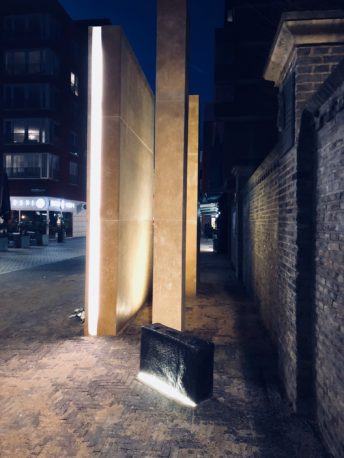
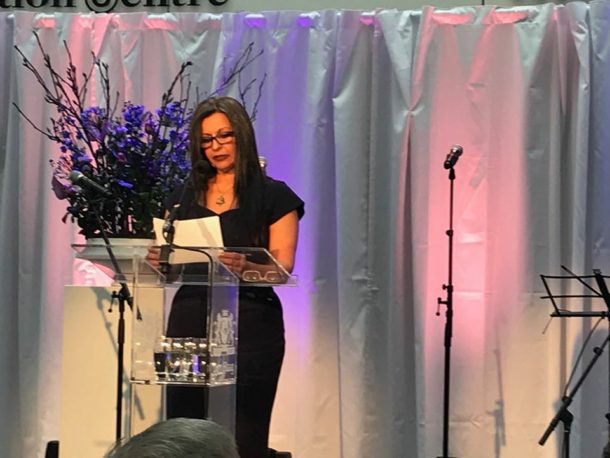
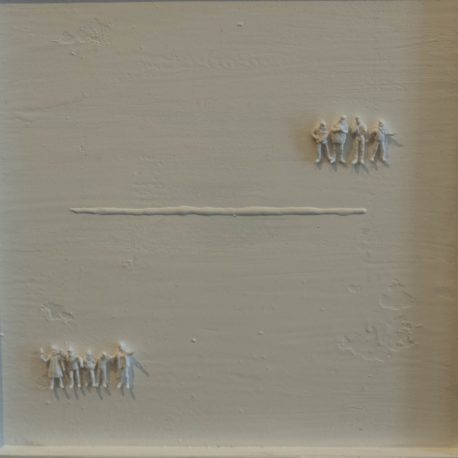

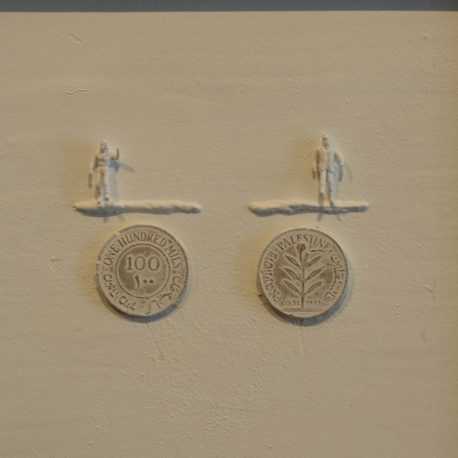
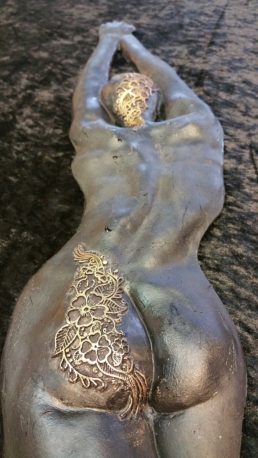
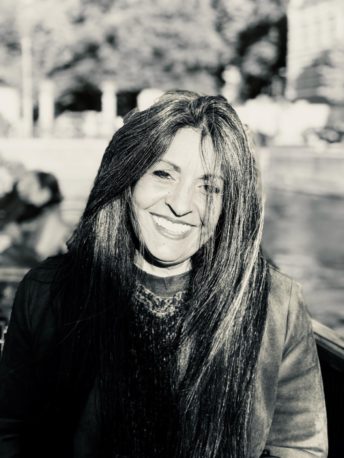














The opinions expressed by individual commentators and contributors do not necessarily constitute this website's position on the particular topic.